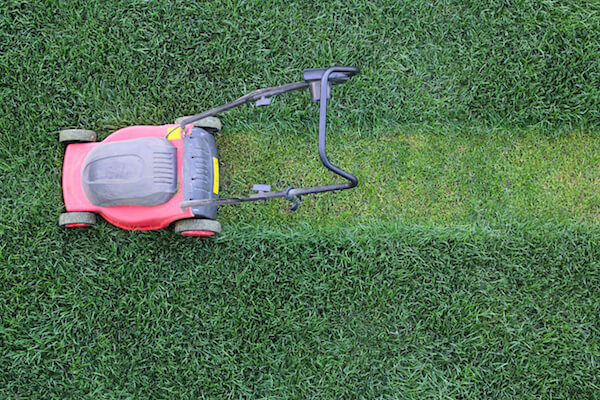
Home Lawn Aeration
Healthy Lawns and Their Perks
Whether you live in urban, suburban, or rural areas in Florida, a healthy lawn is more than just visually appealing. Healthy lawns can increase property value, reduce glare, buffer noise, and cool the air. Soil erosion is minimized when a lawn is thriving.
When your home lawn is unhealthy, it can cause stormwater runoff to contaminate water sources. An increase in soil erosion and stormwater runoff is referred to as nonpoint source pollution. Our team of professionals understands what it takes to keep lawns healthy in order to prevent nonpoint source pollution before it starts.
The Problem with Soil Compaction
As homes are built, the natural habitat is changed. While heavy machinery and foot traffic can cause sandy soil to become compacted, if clay is part of the equation, compaction is even worse. Unfortunately, many builders simply install lawns and landscape plants on top of the compacted soil. This prevents water from soaking into the soil. Excess water runs across the surface, leaching nutrients as it goes. If a yard is sloped and compacted, the potential for runoff increases.
Compacted soil prevents plants from developing deep root systems. A shallow root zone makes it difficult for plants to access the amount of water needed to stay healthy. This can lead to frequent wilting and poor plant health. Adding more water to compensate can often have adverse effects and usually just wastes water. Aeration is one solution that allows water and air to reach deeper into the soil to increase plant growth.
Battle Soil Compaction with Aeration
Aeration is the primary way lawn care specialists alleviate compacted soil. Small spaces may only need a foot-press aerator to effectively loosen the soil so that water and oxygen can reach the roots. Those with larger areas may find that drilling holes in the soil is best accomplished with commercial aeration equipment. Once the holes are made, a quarter inch layer of topsoil should be applied on top of the turfgrass. This is called topdressing. Some benefits of topdressing include:
- Improved drainage and water retention
- Reduced thatch
- Decreased chance of compaction down the road
Benefits of Aeration
Core aeration machines bore evenly spaced holes in the soil. The soil plugs are deposited on the surface so their nutrients can be returned to the soil as the organic matter decomposes. By removing compacted layers of dirt and thatch, you allow water, air, and fertilizer to reach the roots. Aeration helps reduce standing water and runoff. Your lawn flourishes because it is able to more effectively absorb nutrients after aeration. Root systems are strengthened, so healthy growth naturally follows.
Soil Type and Aeration
Sandy soil tends to need less aeration than soils rich in clay content. With sandy soil, many people aerate once a year, but you can often get away with alternating years. Clay soil should be aerated at least once a year since it is prone to compacting. In climates that don’t get much water, you can encourage the growth of a healthy lawn by aerating twice a year. Lawns that receive lots of foot and vehicle traffic do best when aerated once a year.
Thoughts on Timing
Periods of drought and high heat can cause stress on any lawn. Be sure you do NOT aerate when the lawn is super dry. Aerate before you plan to reseed and fertilize your lawn. That way there are openings through which seeds and nutrients penetrate the soil. Help prevent the spread of weeds by aerating after weeds are under control.
Aerate when the soil is just moist. If the soil is too wet, the tines of the aerator will clog. When the soil is dry, you’ll need to add moisture to your lawn. You should allow for about an inch of water to be absorbed anywhere from an hour to a week before aerating depending on how well your soil absorbs the water. Grass should be well established before aerating. It is recommended that you wait at least one year before aerating newly planted lawns.